Discover Beautiful Nepal In The Autumn Time
Nepal is a landlocked country in South Asia. It is mainly situated in the Himalayas, but also includes parts of the Indo-Gangetic Plain, bordering Tibet of China to the north, and India in the south, east, and west, while it is narrowly separated from Bangladesh by the Siliguri Corridor, and from Bhutan by the Indian state of Sikkim. Nepal has a diverse geography, including fertile plains, subalpine forested hills, and eight of the world's ten tallest mountains, including Mount Everest, the highest point on Earth. Nepal is a multi-ethnic, multi-lingual, multi-religious, and multi-cultural state, with Nepali as the official language. Kathmandu is the nation's capital and the largest city.
Nepal is especially beautiful in autumn, with red leaves falling, festivals, and holidays lighting up the atmosphere everywhere. The biggest and major festivals can be easily experienced in the autumn season. The festivals like Dashain, Tihar, Chhat Puja, Mani Rimdu, Indra Jatra, and other many small occasions are mostly celebrated in the autumn season in Nepal. So, these are extra privileges for travelers to experience Nepal’s culture, tradition, and festival from the close, and also they can participate and involve in such festivals as well.
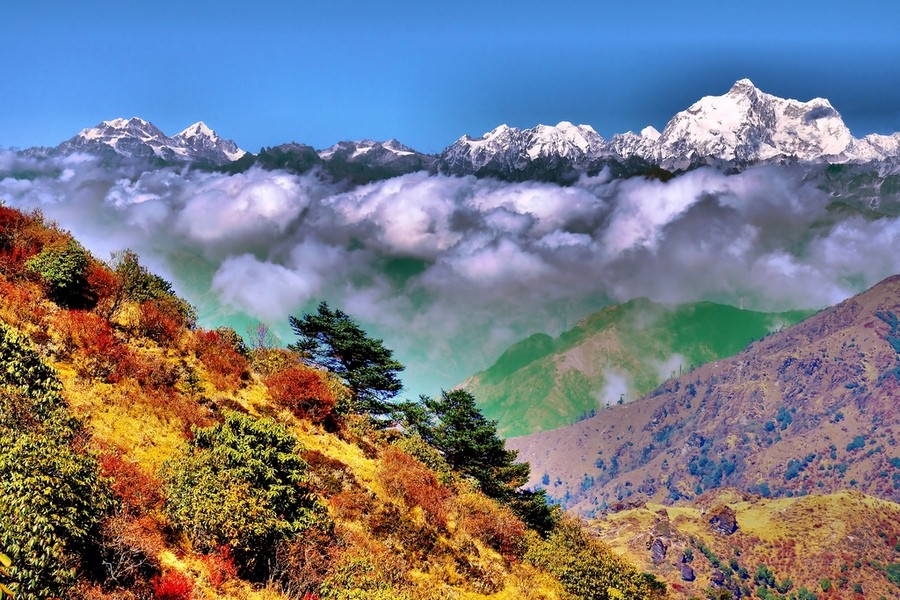 |
| Photo: Living + Nomads |
Why is Autumn suitable for visiting Nepal?
The biggest and major festivals can be easily experienced in the autumn season. The festivals like Dashain, Tihar, Chhat Puja, Mani Rimdu, Indra Jatra, and other many small occasions are mostly celebrated in the autumn season in Nepal. So, these are extra privileges for travelers to experience Nepal’s culture, tradition, and festival from the close, and also they can participate and involve in such festivals as well.
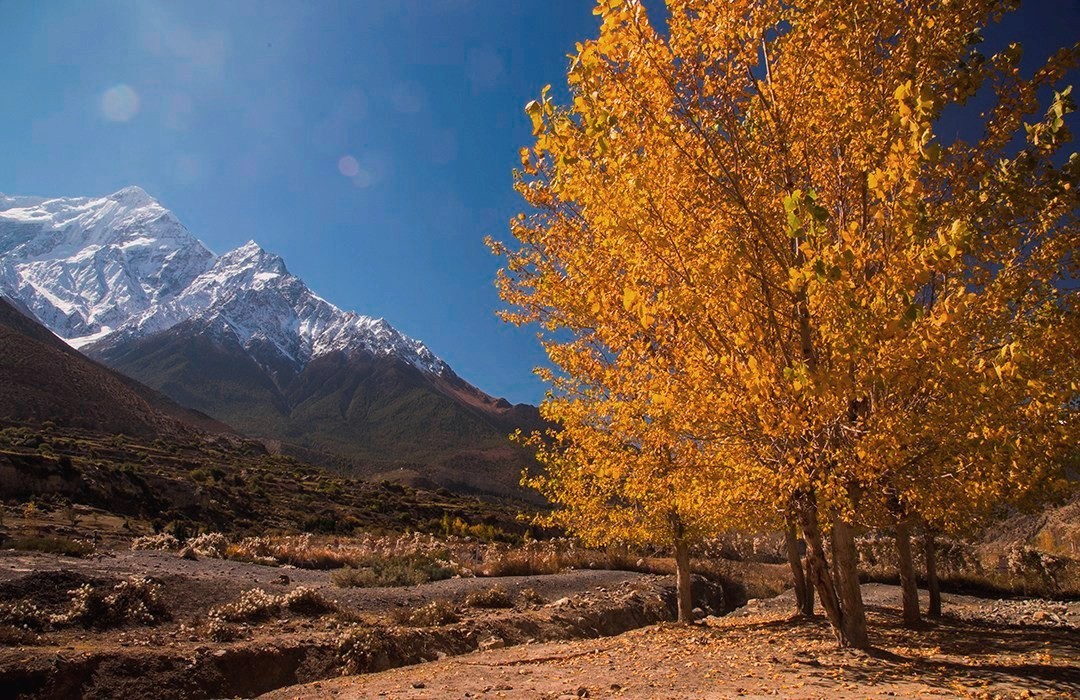 |
| Photo: Himalayan Travellers Nepal |
After the rainy season, neither constant rain disturbs you nor does the extreme temperature bother you. The weather looks cleaner and the blue sky starts to appear with the breeze of fresh air makes you more romantic. Since the country is filled with high mountains and astonishing landscapes, visibility is the major thing to experience all those beauties. When you are trekking in high mountains, the expectation will always depend on pleasant weather, great visibility, and a warm forecast that makes your trek memorable and more enjoyable as well.
During autumn, forests look more green and become dense which is shown in the trekking trail as well. Since many beautiful trekking trails in Nepal pass through the lush green forest to the high mountain alpine forest. The trekking trails with off-the-beaten stuff are very beautiful with green vegetation in the pasture and grassland, amazing green forest and colorful flowers, and clear green far views on a pleasant sunny day with blue sky, according to Luxury Holiday Nepal.
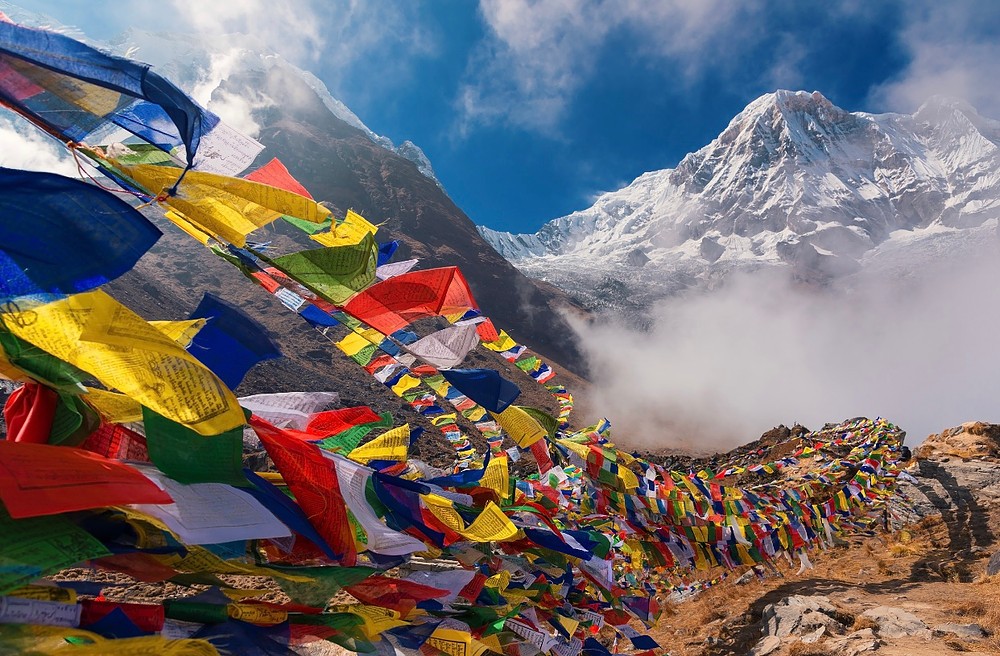 |
| Photo: Asia Family Traveller |
Beautiful Places To Visit In Nepal In The Autumn
1. Rara lake
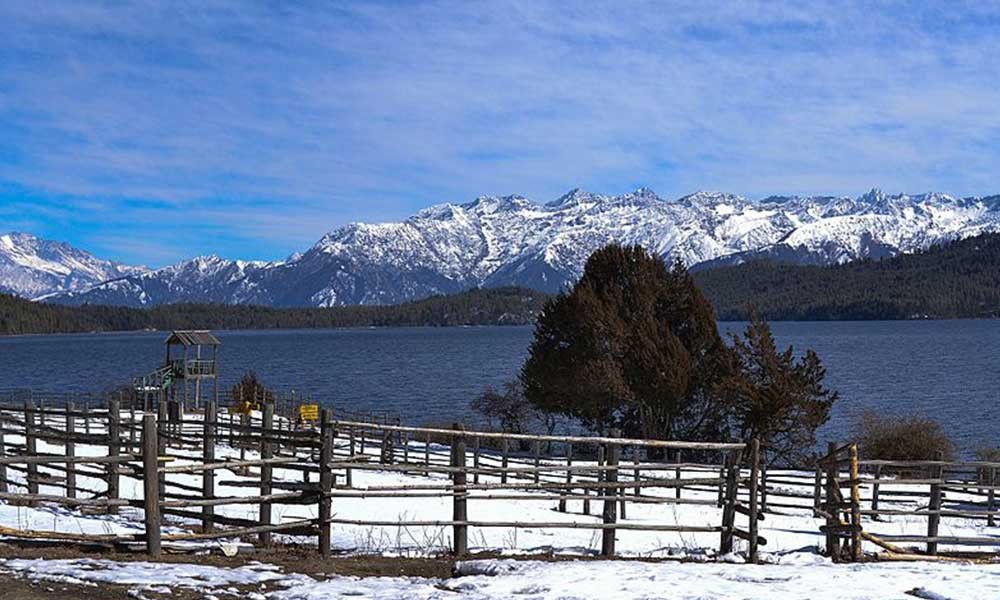 |
| Photo: A Complete Guide for Trekking in Nepal |
Rara Lake is the biggest freshwater lake in the Nepalese Himalayas. It is the main feature of Rara National Park, located in Jumla and Mugu Districts of Karnali Province. In September 2007, it was declared a Ramsar site, covering 1,583 ha (6.11 sq mi) including the surrounding wetland.
Rara Lake lies at an elevation of 2,990 m (9,810 ft), has a water surface of 10.8 km2 (4.2 sq mi), a maximum depth of 167 m (548 ft), which is 5.1 km (3.2 mi) long and 2.7 km (1.7 mi) wide. It drains into the Mugu Karnali River via the Nijar River. Its water quality is characterized by high pH, conductivity, and total hardness. It has been classified as oligotrophic as it is slightly polluted.
Summer is quite pleasant but winter is cold. The best visiting time to the lake is September/October and April to May. From December to March, the temperatures go low below the freezing point, and heavy snowfall occurs up to one meter, blocking the way to the lake. April to June is warm in this region.
2. Poon hill
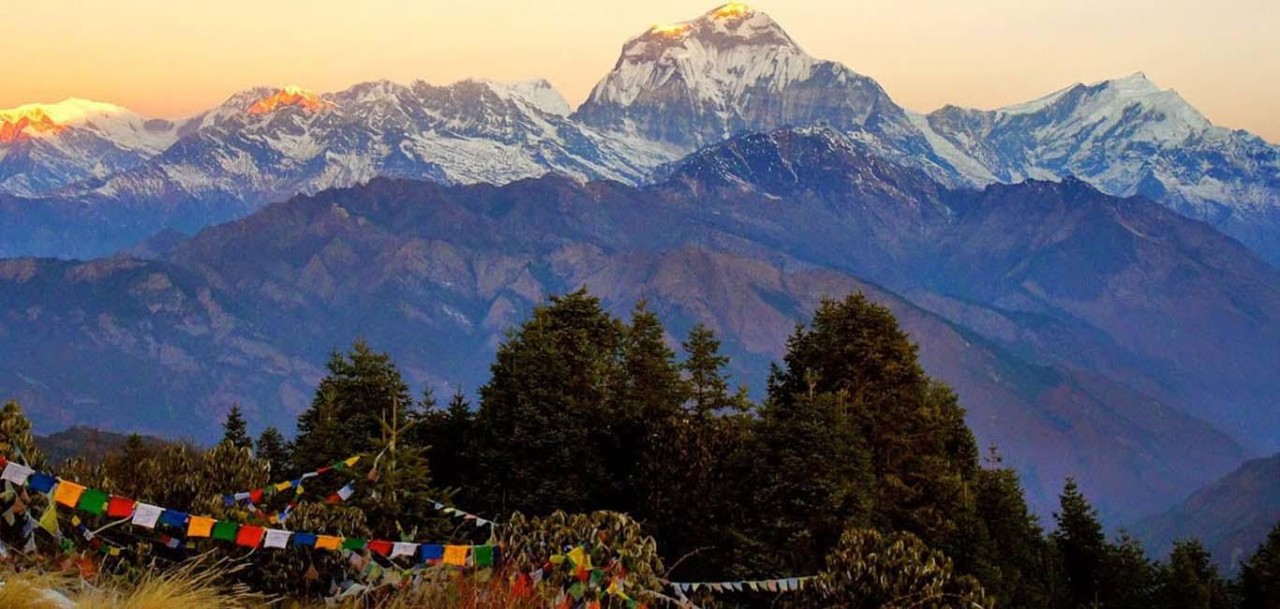 |
| Photo: Wish I was there |
Poon Hill is among Nepal's most popular viewpoints. Most trekkers hike to Poon Hill from the village of Ghorepani in the early morning to see the sunrise. The views on Annapurna and Dhaulagiri are spectacular and well worth the hour-long early morning climb along stone stairs through rhododendron forest.
It can get quite crowded on Poon Hill, especially during the peak trekking seasons in Spring and Autumn. Expect to share the views with several hundred fellow trekkers. There is even a coffee stand on top, serving hot and cold drinks.
Poon Hill is located 270 km west of Kathmandu (The capital of Nepal). The hike to Poon Hill from Pokhara takes 2–3 days. The Poon Hill viewpoint is on the way to Annapurna Sanctuary which lies in the centre of Annapurna Conservation Area. Trekkers need to obtain an ACCAP Permit from Kathmandu in order to complete this hike.
3. Khaptad national park
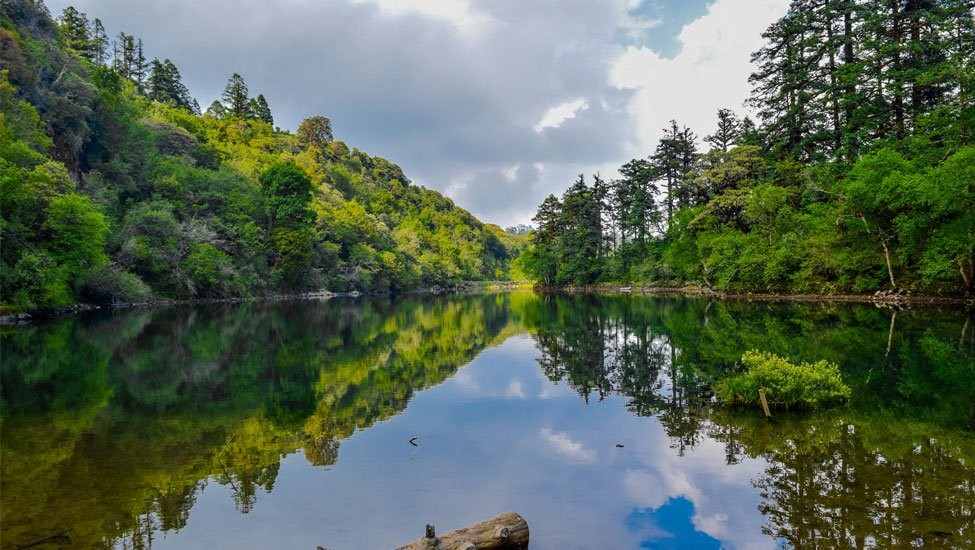 |
| Photo: Nepal Trekking |
Khaptad National Park got its name from a hermit named Khaptad Baba. He meditated here for 50 years. This added to the importance of the Khaptad National Park. Local people worship in the buffer zone of this national park during a full moon to Shiva in August and September. Interesting rituals take place during this time.
Khaptad National Park has a huge variety of flora. It is like a green carpet rolling down from steep slopes to moorland. The view and the feel of being there are absolutely incomparable and will take travelers to a different place. It supports around 67 species of flora, which harmoniously coexist here. Few of the flora include rhododendron forests, oak and pine forests.
The Khaptad national park map displays a great variety of flora also. It has 23 species of mammals and 287 types of birds. This national park is great for seeing mammals like a leopard, Himalayan black bear, wild dog, and musk deer. As it supports a huge number of birds, travelers can see birds like Impeyan pheasant (danphe; Nepalese national bird), Peregrine falcon, the white-rumped vulture, and many types of partridges, flycatchers, bulbuls, cuckoos, and eagles.
4. Mount Annapurna
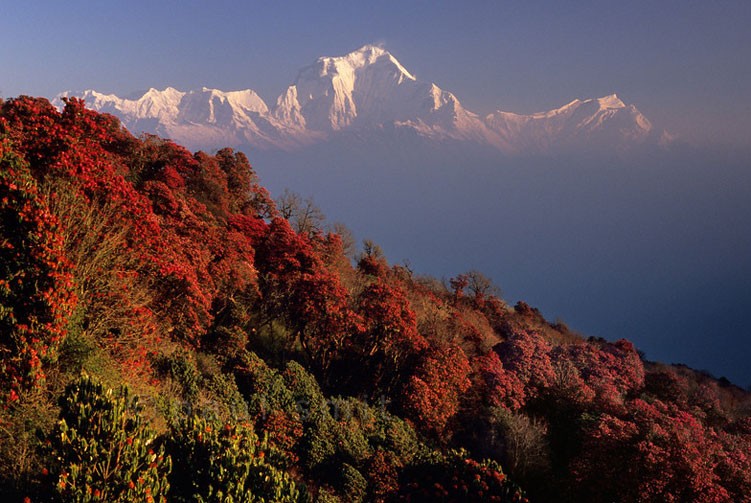 |
| Photo: Friends Adventure Team |
Annapurna is a massif in the Himalayas in north-central Nepal that includes one peak over 8,000 metres (26,247 ft), thirteen peaks over 7,000 metres (22,966 ft), and sixteen more over 6,000 metres (19,685 ft). The massif is 55 kilometres (34 mi) long and is bounded by the Kali Gandaki Gorge on the west, the Marshyangdi River on the north and east, and by Pokhara Valley on the south. At the western end, the massif encloses a high basin called the Annapurna Sanctuary. The highest peak of the massif, Annapurna I Main, is the tenth highest mountain in the world at 8,091 metres (26,545 ft) above sea level. Maurice Herzog led a French expedition to its summit through the north face in 1950, making it the first eight-thousand-meter peak ever successfully climbed.
The entire massif and surrounding area are protected within the 7,629-square-kilometre (2,946 sq mi) Annapurna Conservation Area, the first and largest conservation area in Nepal. The Annapurna Conservation Area is home to several world-class treks, including Annapurna Sanctuary and Annapurna Circuit.
5. Koshi Tappu Wildlife Reserve
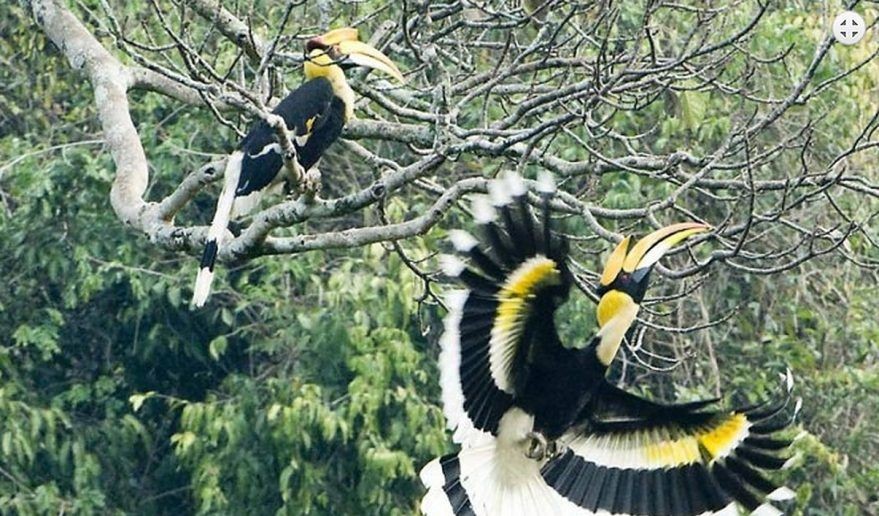 |
| Photo: Nepal Guide Treks & Expedition |
Koshi Tappu Wildlife Reserve lies on the floodplains of the Sapta Koshi River in the south-eastern Terai. The reserve was gazetted in 1976 to preserve habitat for the only remaining population of Wild buffalo, Arna (Bubalus arnee). The 176 sq. km. the reserve is Nepal's smallest wildlife reserve. The eastern and western embankments of the Sapta Koshi River define the area. In 1987, Koshi Tappu was declared a Ramsar site, a wetland of international significance. The government of Nepal has declared the buffer zone ( 173.5 sq. km ) surrounding the reserve in 2004.
The Sapta Koshi is one of the three main tributaries of the Ganges- Rapid and intense flooding of the reserve, occur during the rainy season. Embankments have been constructed parallel to the river to control the flooding.
The vegetation is mainly composed of tall grasslands. Local villagers are permitted to collect thatch grass once a year. These are used for roof thatching and building house walls. There are also small patches of Khair-sissoo scrub forest and deciduous mixed riverine forest. The reserve has important habitat for a variety of wildlife. The last surviving population of Wild buffalo is found here. The estimated population of wild buffalo is around 159 individuals is dwindling. They are distinguished from domestic buffalo by their much bigger horns. The reserve is also home to around 20 other animal species such as Hog deer, Wild boar, Spotted deer, Blue bull, and Rock Python.
Around 441 species of birds-many seen nowhere else in Nepal (14 endemic species)- have been recorded, including 20 duck species, 2 Ibis species, white-tailed stonechat, Striated marsh warbler, 30 shorebirds, 114 water birds, and the endangered swamp partridge and Bengal florican. The Koshi Barrage is an extremely important resting place for many migratory birds, containing 87 winter and trans-Himalayan migratory species. The Koshi River is home to 80 species of fish. The endangered Gharial crocodile and Gangetic dolphin have been recorded in the river as well. During winter, many of the migratory birds can be seen on the Koshi Barrage and on the river channel. Migration usually peaks around mid-March. Much wildlife visits these areas during dusk and dawn. The clear skies allow for beautiful sights of several Himalayan peaks including Makalu (8463m), the world's fifth-highest peak. Visitors can arrange an elephant ride from Reserve Headquarters.
6. Trisuli River
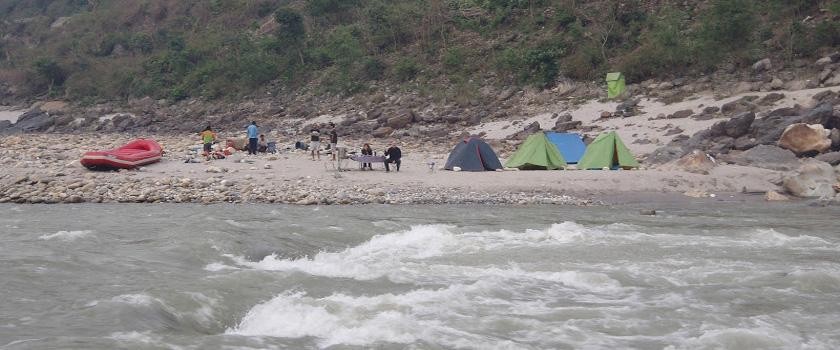 |
| Photo: Trek In Nepal |
The Trishuli is Nepal’s most popular rafting river. It has impressive gorges, moderate white water, a few exciting rapids, some easier sections, all easily accessible from Kathmandu and Pokhara. Popular also with kayakers as easy access ‘play river’ and as a warm-up for big water. Not, however, that the proximity of the main highway and the popularity of the river may detract from the experience.
Legend says that high in the Himalayas at Gosainkund the god Shiva drove his trident into the ground to create three springs – the source of the river and hence its name Trishuli.
Not far after this source, the Trishuli joins the Bhote Koshi that flows from Tibet; the two rivers join in some pretty fearsome-looking gorges that are visible on the way up to the Langtang trek. By Betrawati the gradient has eased and after this, it becomes a more mature and powerful river which later adds many other major rivers to its flow – the Buri Gandaki, the Marshyangdi, and the Seti. When the Kali Gandaki Joins it, shortly before the plains, it changes its name to the Narayani. Here, it is a truly mighty river – peak flows in the Monsoon have been measured at 25,700 cumes (extreme, instantaneous discharge); about 900,000 cfs or fifty times the typical flow of the Colorado River through the Grand Canyon!
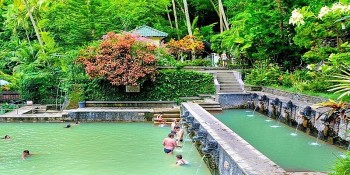 | For Your Spa Holidays: 7 Best Hot Springs In The World If you decide to have a spa holiday at some luxurious places, a hot spring is a must-visit spot. Providing both therapeutic and medicinal benefits ... |
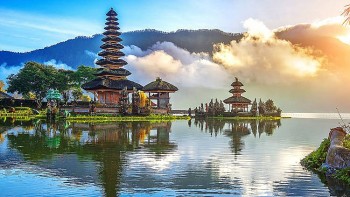 | Top 6 Most Beautiful Asia Countries That You Should Visit In Your Lifetime Cultural diversity, unique cuisine, wildlife, and scenic beauty are all the factors that make Asia the best destination for a winter holiday for first-time visitors ... |
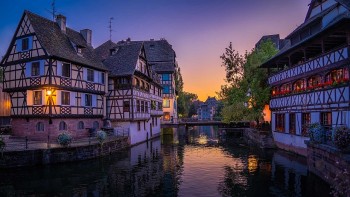 | A Journey To Strasbourg – A Beautiful Ancient City of Europe Strasbourg, which is called "The town at the crossroads", is a small lovely city with a length of history, friendly people, delicious traditional food, and ... |
Recommended
 World
World
Pakistan NCRC report explores emerging child rights issues
 World
World
"India has right to defend herself against terror," says German Foreign Minister, endorses Op Sindoor
 World
World
‘We stand with India’: Japan, UAE back New Delhi over its global outreach against terror
 World
World
'Action Was Entirely Justifiable': Former US NSA John Bolton Backs India's Right After Pahalgam Attack
 World
World
US, China Conclude Trade Talks with Positive Outcome
 World
World
Nifty, Sensex jumped more than 2% in opening as India-Pakistan tensions ease
 World
World
Easing of US-China Tariffs: Markets React Positively, Experts Remain Cautious
 World
World


